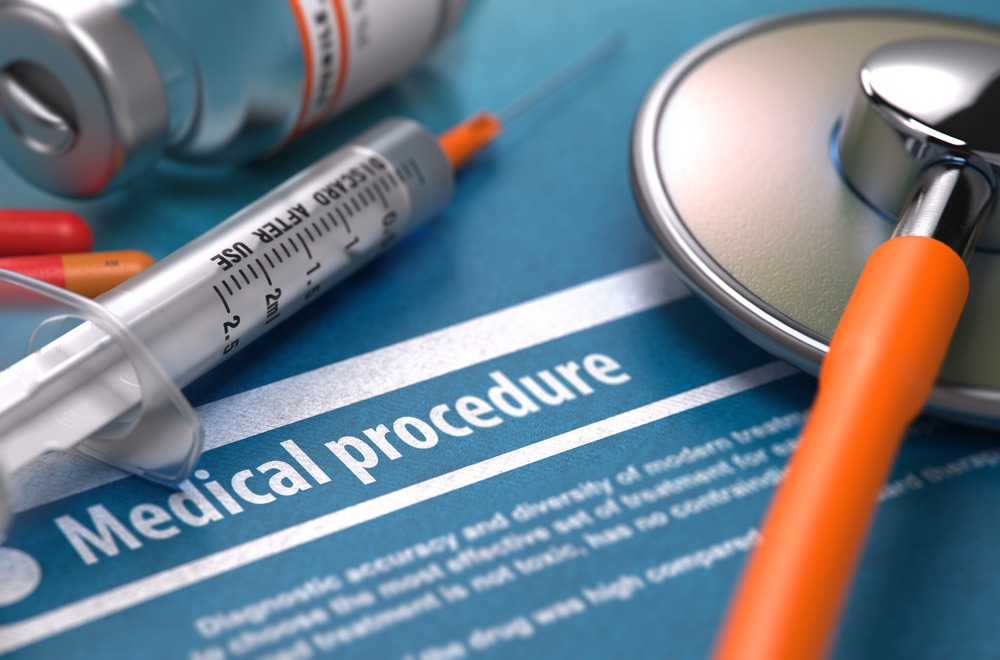 Some medical procedures tend to result in more medical malpractice claims than others.
Some medical procedures tend to result in more medical malpractice claims than others.
While every case is different, there are specific medical procedures that are consistently at the root of medical malpractice suits. If you must have one of these risky procedures, you should educate yourself on the common errors and complications so you can recognize them and get immediate medical attention.
What Medical Procedure Results in the Most Medical Malpractice Claims?
Surgery is commonly related to medical malpractice. Nerve damage from surgical error or incorrectly administered anesthesia, performing surgery on the wrong location or body part, damage to organs or tissue, and using contaminated instruments are some of the most common surgical errors.
A Harvard study found that the most surgical error complications happen in the categories of:
- General surgery, with an error rate of 30.3 percent;
- Vascular surgery, which showed an error rate of 42.4 percent;
- Combined general surgery and trauma, with a 32.3 percent error rate; and
- Cardio-thoracic surgery, with a 26.9 percent error rate.
Medical peers found that nearly half of these errors were avoidable.
What Are the Riskiest Medical Procedures?
High-risk medical procedures are frequently the subject of medical malpractice claims because of how often things go wrong and cause catastrophic injuries.
Craniectomy
This procedure requires the surgeon to remove a piece of the skull to access the brain. After the surgery, the patient is vulnerable to brain injury. Medical errors during a craniectomy procedure can lead to permanent impairment in the areas of speech, mobility, memory, cognitive ability, vision, and other functions. Strokes and seizures are more likely after a craniectomy. All these complications can occur with or without the presence of a medical error.
Surgical Ventricular Restoration
When a person experiences congestive heart failure after a heart attack, a cardiac surgeon might try to take the heart back to its pre-heart attack size and shape through this procedure. The patient is on a heart-lung machine during the surgery.
Spinal Osteomyelitis Surgery
This spinal surgery is often done as emergency surgery to correct spinal infection, which increases the risk of medical errors and complications. Complete or partial paralysis are common risks of this procedure.
Coronary Artery Bypass Grafting (CABG)
This procedure creates a detour around clogged arteries in the heart. The surgeon harvests veins or arteries from other areas in the patient’s body. There is a risk of infection to both the heart and the harvest sites.
Bladder Cystectomy
When a patient has bladder cancer, the surgeon might remove part or all of the bladder using this surgical procedure. Post-surgical infections can be lethal, as they can lead to peritonitis.
Esophagectomy
Surgeons use this procedure to remove unhealthy portions of the esophagus and reconnect the stomach to the remaining healthy tissue of the esophagus. Fluid leakage at the site of the new connection is a primary risk with this surgery.
Aortic Tear Repair
This procedure must take place immediately to avoid stroke, heart failure, or rupture within the heart. The cardiac surgeon will replace the damaged portion of the blood vessel with a synthetic graft. Because this is an emergency procedure, it carries a higher risk of errors and complications.
Pancreatectomy
The surgeon uses this technique to remove part or all of the pancreas to treat chronic pancreatitis or malignancies when other treatment options did not work. Infection, internal bleeding, and leaking are common complications of this intervention.
Septal Myotomy
This procedure corrects heart muscles that have thickened due to heart disease. The patient is on a heart-lung machine during the surgery. The patient usually goes into the Intensive Care Unit for recovery. There is little margin for medical error in this open-heart procedure.
Weight Loss Surgery
These procedures, also called gastric bypass or bariatric surgery, carry many risks, including post-surgical pneumonia. Anesthesia and the surgery itself are often harder for doctors to perform.
Which Common Medical Procedures Cause Medical Malpractice Claims?
Even common medical procedures can result in medical malpractice claims. Some of the worst offenders are:
- Intravenous administration (IV) of medication or fluids, which can introduce infections directly into the bloodstream;
- Biopsies, which can cause infection, internal bleeding, and nerve and other tissue damage;
- Injections, which can cause damage to nerves, muscles, tendons, ligaments, and other tissues; and
- Insertion of a tube or scope, which can result in temporary or permanent damage to the surrounding tissue if done incorrectly.
